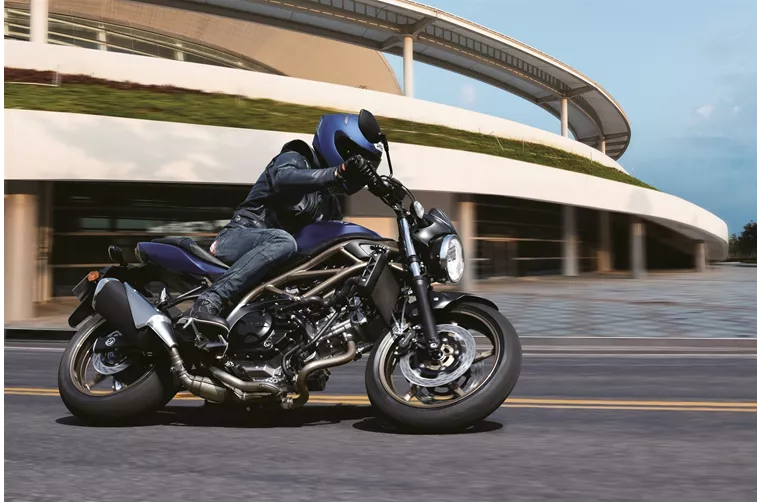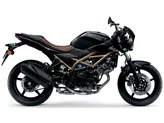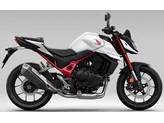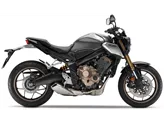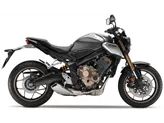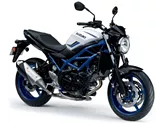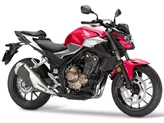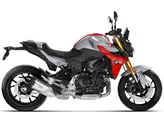Honda CB650R 2023 vs. Suzuki SV 650 2023

Honda CB650R 2023
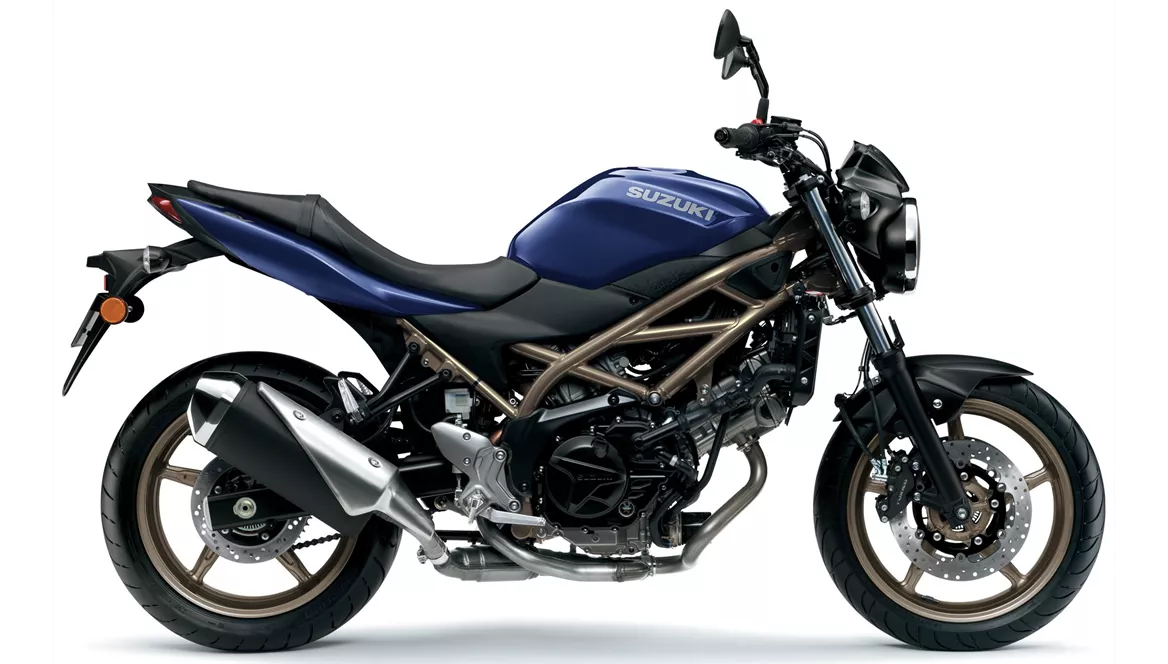
Suzuki SV 650 2023
Overview - Honda CB650R 2023 vs Suzuki SV 650 2023
The Honda CB650R 2023 and the Suzuki SV 650 2023 are both naked bikes that offer a sporty and versatile riding experience.
In terms of engine performance, the Honda CB650R is equipped with an inline 4-cylinder engine that produces 95 horsepower and 63 Nm of torque. This engine provides good revving capabilities and adequate power for a thrilling ride. On the other hand, the Suzuki SV 650 features a V-twin engine that delivers 73 horsepower and 64 Nm of torque. While it may have slightly lower power figures, the V2 powerplant of the SV 650 is known for its smooth and linear power delivery, making it beginner-friendly and easy to handle.
Both motorcycles come with fuel injection systems and liquid cooling, ensuring efficient and reliable performance. The Honda CB650R has a displacement of 649cc, while the Suzuki SV 650 has a slightly smaller displacement of 645cc.
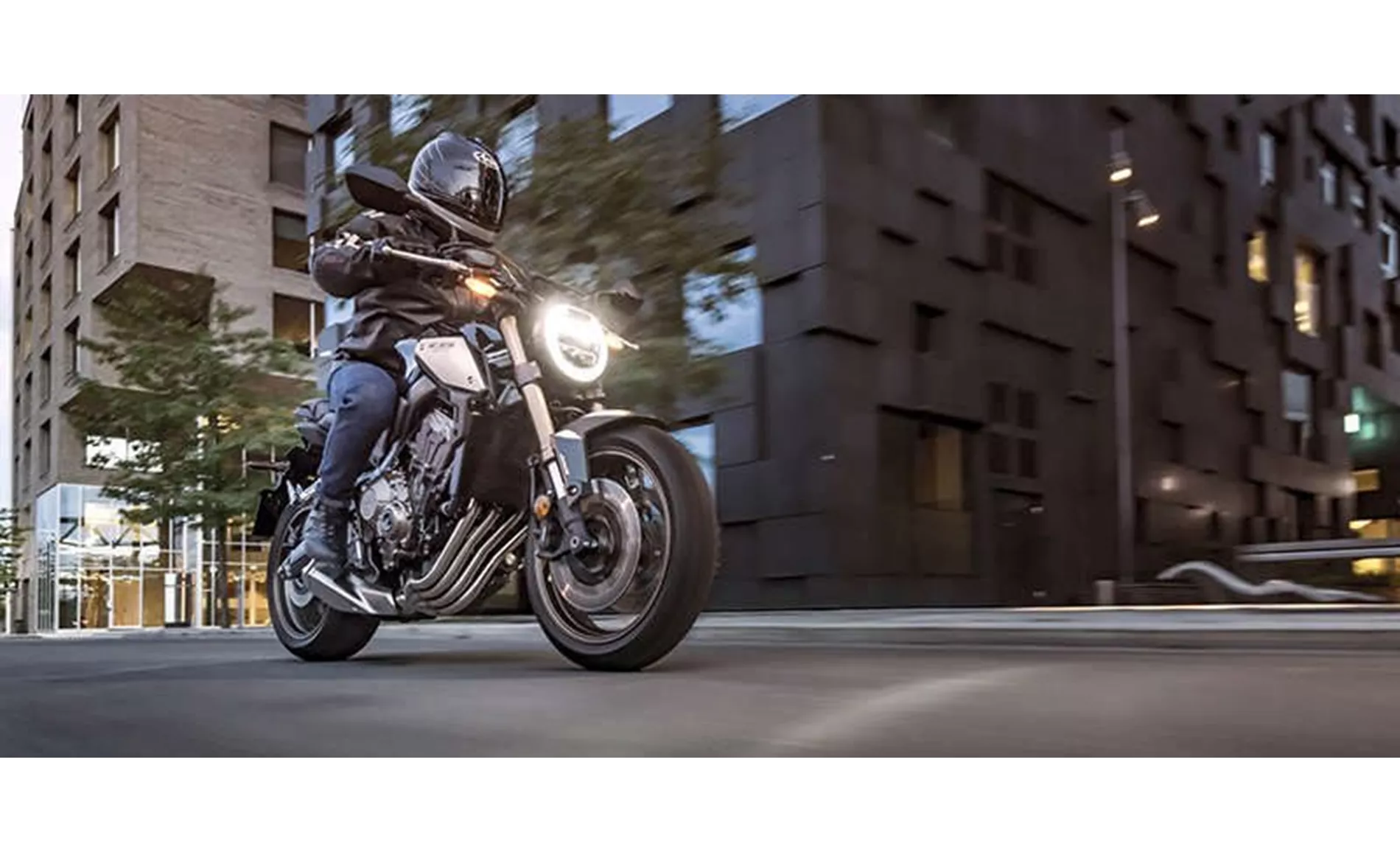
Honda CB650R 2023
In terms of suspension, both bikes feature a telescopic fork at the front and a swing arm with a monoshock at the rear. The rear suspension on both motorcycles is adjustable for preload, allowing riders to fine-tune the suspension setup according to their preferences. The Honda CB650R has an upside-down telescopic fork at the front, which provides better damping and stability during aggressive riding. The Suzuki SV 650, on the other hand, has a conventional telescopic fork at the front.
Both motorcycles feature double disk brakes at the front with four-piston calipers, providing strong and reliable stopping power. The Honda CB650R has larger diameter disks (310mm) compared to the Suzuki SV 650 (290mm). However, the Suzuki SV 650 lacks advanced rider assistance systems apart from ABS, while the Honda CB650R comes equipped with ABS for added safety.
In terms of dimensions and weights, the Honda CB650R has a slightly longer wheelbase (1450mm) compared to the Suzuki SV 650 (1445mm). The seat height of the Honda CB650R is also slightly higher at 810mm, while the Suzuki SV 650 has a lower seat height of 785mm, making it more accessible for shorter riders. The Honda CB650R has a slightly higher kerb weight with ABS (202.5kg) compared to the Suzuki SV 650 (200kg).
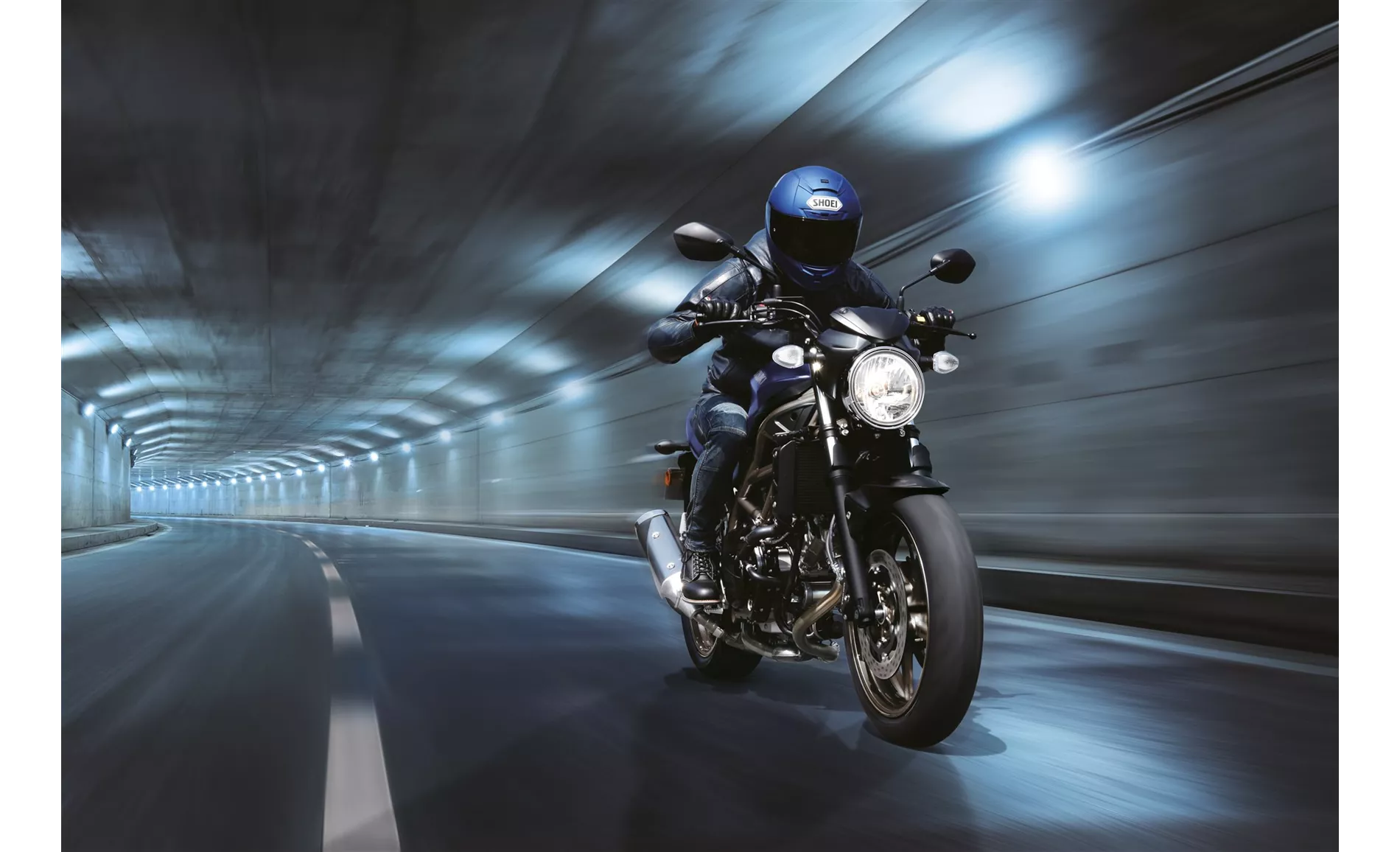
Suzuki SV 650 2023
Both motorcycles have similar tire sizes, with a front tire width of 120mm and a rear tire width of 17 inches. However, the Honda CB650R has a wider rear tire (180mm) compared to the Suzuki SV 650 (160mm), providing better traction and stability.
In terms of fuel capacity, the Honda CB650R has a slightly larger fuel tank (15.4 liters) compared to the Suzuki SV 650 (14.5 liters). This results in a slightly longer range for the Suzuki SV 650, with a combined fuel consumption of 4.1 l/100km compared to 4.9 l/100km for the Honda CB650R.
In summary, the Honda CB650R 2023 offers a more powerful engine, sporty seating position, and wider handlebars, making it suitable for riders looking for a thrilling and comfortable everyday ride. On the other hand, the Suzuki SV 650 2023 features a beginner-friendly seating position, easy handling, and a timeless look. However, it lacks some advanced electronics and has slightly lower power figures compared to the Honda CB650R.
Technical Specifications Honda CB650R 2023 compared to Suzuki SV 650 2023
Pros and Cons in comparison
Pros and Cons in comparison
Honda CB650R 2023
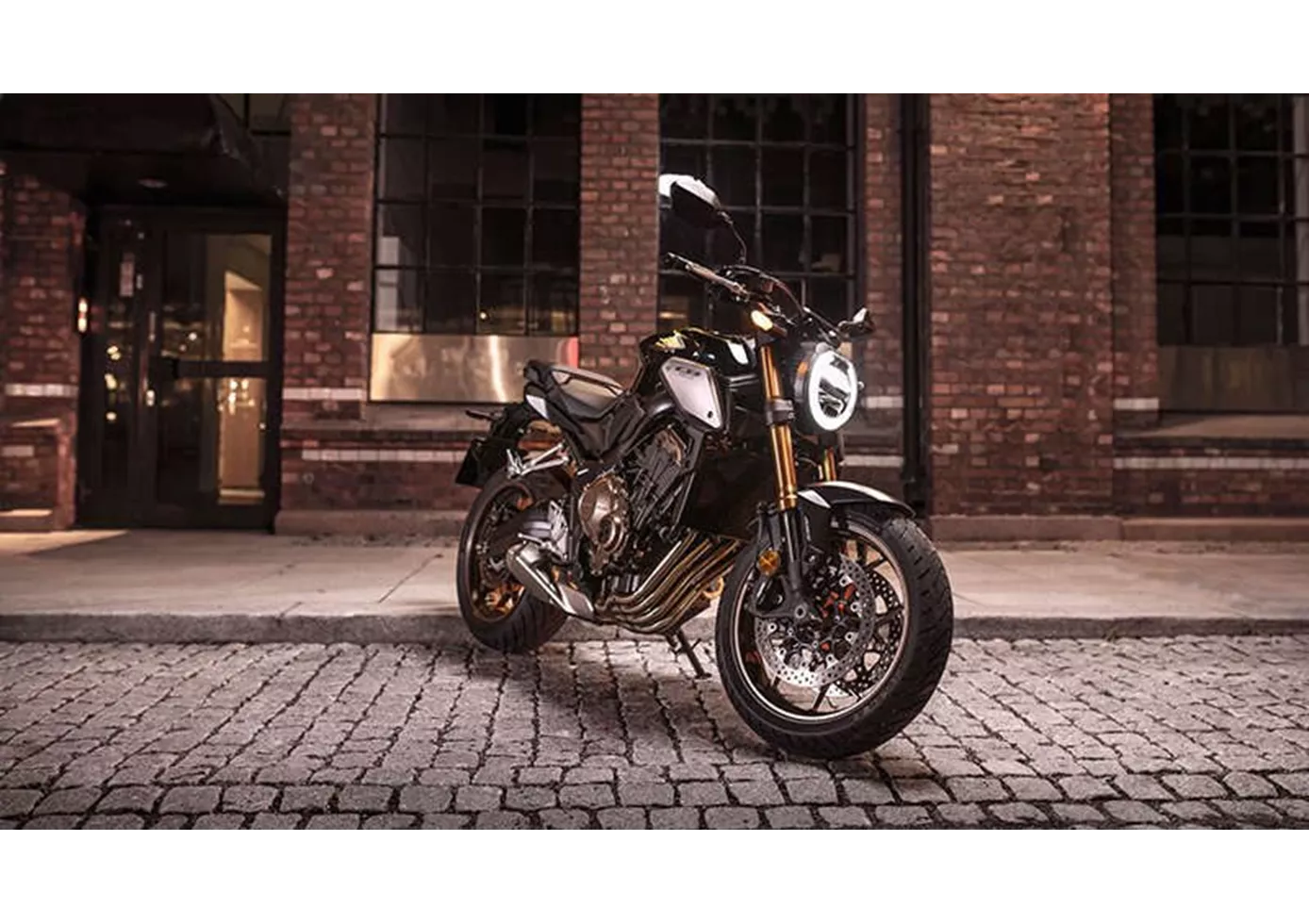
Honda's CB650R proves brilliantly that four-cylinder naked bikes with little displacement are also a real source of joy on the country road. The engine tuning provides enough pressure from the hairpin bend and rewards with a wonderful four-cylinder shriek after a short wait. The chassis components offer a solid balance between everyday life and sportiness.
Suzuki SV 650 2023
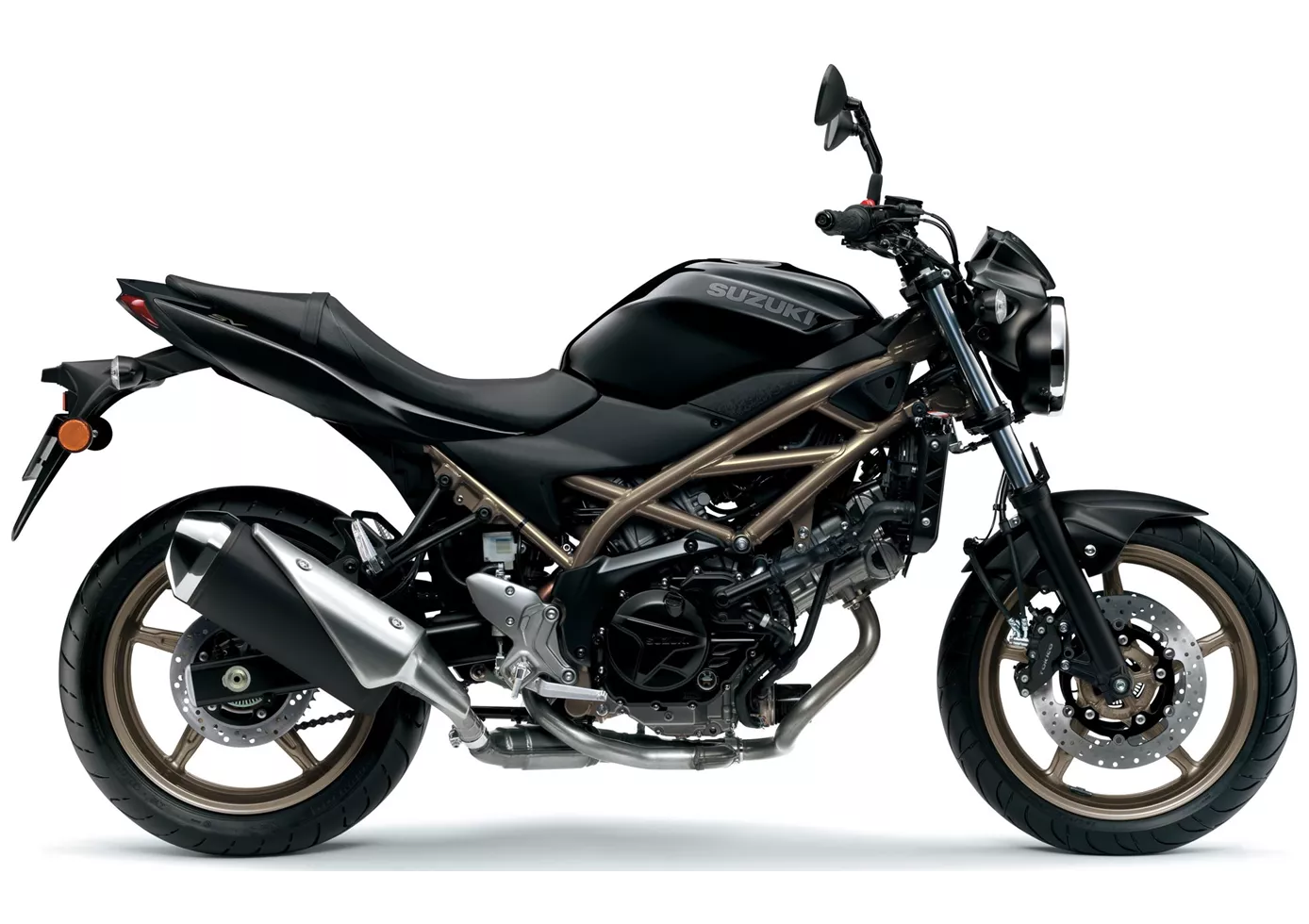
The Suzuki SV 650 has been on the market for 25 years, longer than any other motorbike. The engine has been updated to Euro5 and is now even more mature, which clearly fits in with the rest of the package. The SV 650 doesn't want to scare anyone, especially beginners. The chassis makes a solid, unagitated impression, the brakes require a lot of manual force to prevent unexpected overbraking. The look is timeless on the one hand, but on the other hand some components are really a bit outdated. On the other hand, the price is fair, as usual for Suzuki.
Price Comparison Avarage Market Price Honda CB650R vs Suzuki SV 650
There are a few key differences between a Honda CB650R 2023 and a Suzuki SV 650 2023. In terms of price, the actual average price of a Honda CB650R 2023 is about 28% higher. Compared to Suzuki SV 650 2023 there are less Honda CB650R 2023 bikes available on the 1000PS.de Marketplace, specifically 78 compared to 125. It takes less time to sell a Honda CB650R with 89 days compared to 133 days for a Suzuki SV 650. Since model year 2019 1000PS.de editors have written 23 reviews for the Honda CB650R and 25 reviews for the Suzuki SV 650 since model year 2005. The first review for the Honda CB650R was published on 08/10/2018 and now has more than 53,700 views. This compares to more than 14,200 views for the first review on Suzuki SV 650 published on 26/09/2008.

